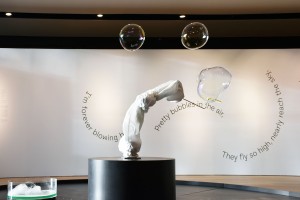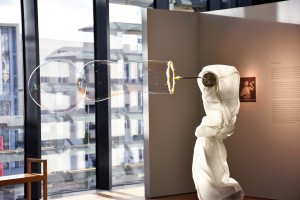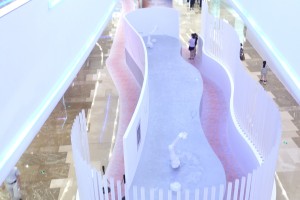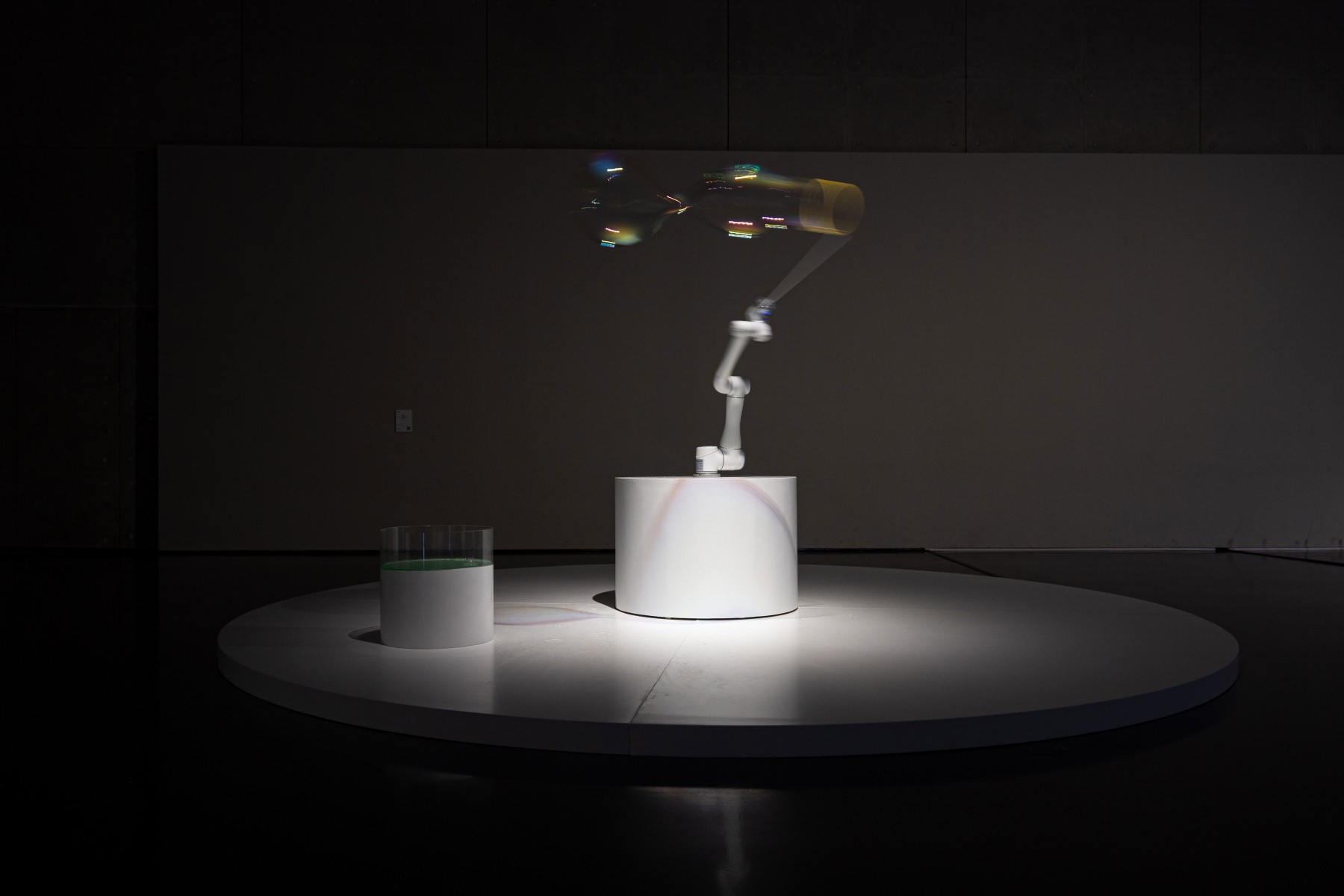
Sensing the Unknown
Sensing the Unknown
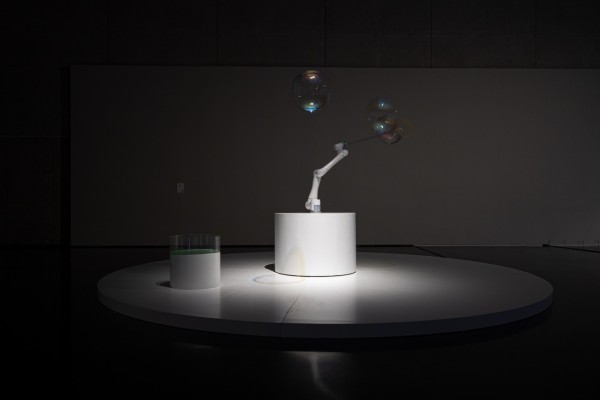
This section of this year's Chengdu Biennale is titled "Sensing the Unknown". It is dedicated to the possibilities to imagine the unknown through art, science and technology and to give us an understanding of that which we cannot experience with the limited spectrum of our natural human perception. Sensing the unknown refers to a range of experiences, from feeling a vague sense of unease in an unfamiliar environment to encountering a completely novel situation or idea that challenges our assumptions and beliefs. At its core, sensing the unknown involves a heightened awareness of the limitations of our knowledge and the potential for discovery and growth that comes from embracing uncertainty.
As humans, our ability to sense and understand the world around us is limited by our biology, our experiences, and our own biases and assumptions. However, with the rapid advancement of technology, especially in computer technologies, we now have access to tools and resources that can expand our abilities to sense and understand our world in ways that were once unimaginable.
One of the primary ways that technology can help us sense the unknown is through Al, data analytics and machine learning. With the massive amounts of data being generated every day, it is impossible for humans to manually sift through and analyze all of it. However, with the help of machine learning algorithms, we can identify patterns and relationships that are not immediately apparent to humans. This can lead to new insights and discoveries, particularly in fields such as astronomy, genetics, and climate science.
Going beyond today, our understanding of the future is inherently tied to the unknown, as it represents a time that has not yet occurred and is therefore unpredictable. While we can make educated guesses and projections based on current trends and past experiences, there are always unforeseeable factors that can impact the course of events. The unknown nature of the future can be both exciting and frightening, as it holds both possibilities for positive change and potential dangers. By using their creativity and imagination, artists can envision and portray possible futures, exploring what the world could look like based on current trends, emerging technologies, and societal changes. Through their works, artists can offer critiques of the present, speculate on what may come, and inspire new ways of thinking about the future.
The wide range of technologies and devices available to humans have changed our relationships with each other and with the world. More than ever these technical possibilities are used today by artists as the basis of their work. Through art and especially through media art our natural sense organs are expanded, and new interfaces to the world are created. Art allows us to perceive the world around us differently and thus enable us to change it.
As a gravitational field of vision, perception and expression, the works by about thirty national and international artists presented on the theme of "Sensing the Unknown" in this section of the biennale understand the present as a future, that our past has already arrived at. They actively help to broaden our understanding of the complexities of the world we live in and anticipate the tomorrow by showing an ecosystem of entangled natural and artificial lifeforms, a symbiotic habitat of technical and organic entities. Interactive installations, as well as VR-based and Al-generated works present the latest developments in media art along with approaches that not only test new technologies but demonstrate their use for the benefit of society. What all the works have in common is that they seek to shape awareness of the complex ecological and socio-economic challenges of our time. They show the necessity, to find new ways to confront the crises of today and the possibility to create through artistic creativity a vision of the future in which we live in harmony with nature, technology, and fellow co-beings, both human and non-human.
Philipp Ziegler
